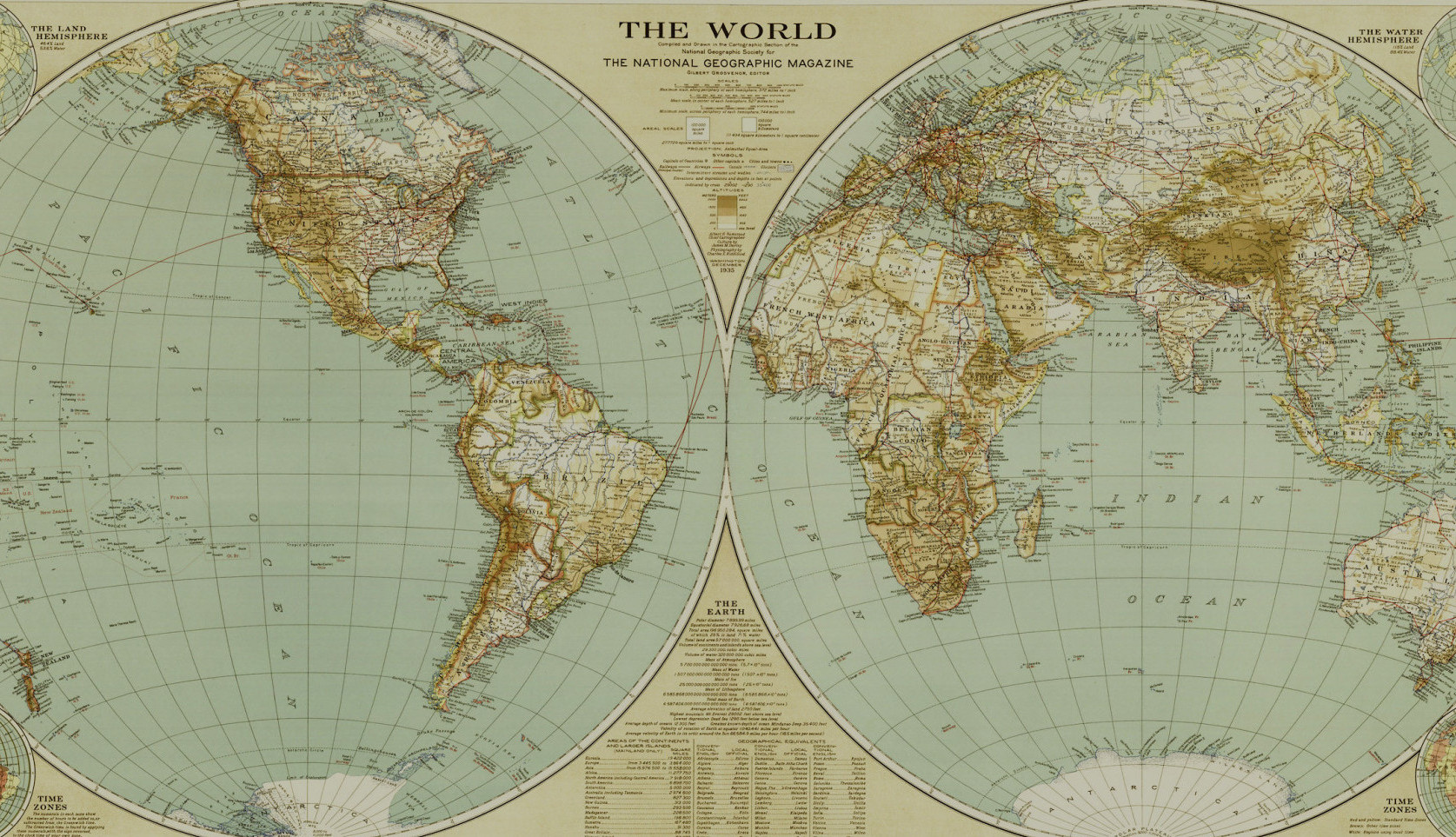My time on the Hawaiian island of O’ahu was spent in the Archaeology Collections of the Anthropology Department in the Bishop Museum in Honolulu. It was wonderful to be able to lend a hand with the important in-house projects they are working on. Not only was given the full ‘backstage’ tour of what the Anthropology Department is all about (the objects in their collection are breathtaking!), I also gained some insights into the in’s and out’s of being an archaeologist in the Hawaiian Islands.
Since I was inside the air-conditioned and climate-controlled Archaeology Collections area for my volunteering, I spent my down-time in the sunshine. Although Honolulu is the biggest and most metropolitan locale in the Hawaiian Islands there are dozens of wilderness trails that you can hike through right on the edge of the city. I was lucky enough to be taken up the Hawai’i Loa Ridge Trail which can only be accessed by those with a Hawai’i State ID – being a local has its privileges! It was a humid, sticky climb, but well worth the effort. From the summit there are stunning views over the north and south of the island. The track is fairly well used but Hawai’i is tropical and vegetation quickly takes over any human-made trail. I was pretty muddy and scratched by the end of the hike!
Oahu is one of many volcanic islands in the Hawaiian archipelago, named for the biggest island in the group – Hawai’i Island. These islands, as well as the atolls and islets in the group, rose from the Pacific Ocean over millions of years and were first reached by humans who expertly navigated vast distances across this ocean in double-hulled voyaging canoes. When I got the chance to venture out onto the waves in a sail-boat I was a bit nervous but knew it was the best way to experience this important aspect of the Hawaiian way of life. People have been using the ocean as a resource since they first arrived and even the archaeology of the Hawaiian Islands is directly tied to the ocean through research like Dr. Sinoto’s fish hook seriation.
As the sailboat motored out of the small boat harbour I could appreciate the shape and structure of the island in a way that is impossible on land. From the coastline, Oahu rises steeply up in a series of ridges and valleys that are now covered in lush vegetation but in the past were shaped by flowing magma. Oahu is known as “The Gathering Place” and today you can see why – this is the most populated island in the group and Honolulu boasts an impressive skyline. Once out on the water with the sail up I could feel the flow of the current and the power of the wind propelling the boat across the waves. Looking at the coast I noticed that the well-known Diamond Hill crater (climbed by hundreds of tourists) has been scoured by the winds whipping around it, creating waving patterns in the rock.
No visit to an island ‘paradise’ is complete without a dip in the ocean and there are plenty of beautiful beaches to choose from on Oahu. Getting some tips from locals is a great idea since the beaches close to Honolulu, while still gorgeous, can be quite crowded. I really enjoyed the relaxed Waimea Bay Beach where we stopped during a road trip around the island. The North Shore of Oahu has a distinct character to the south shore around Honolulu and it was eye-opening to see how different two sides of the same island can be! Not to be left out is of course – the surfing! Hawai’i is the birthplace of surfing and I was enthralled by how the surfers and body boarders can expertly ride the waves.
Spending time in the Bishop Museum Archaeology Collections working with the historic survey photographs from the Stokes Collection inspired me to see some archaeology ‘on the ground’. An iconic monument type to visit in Hawai’i is the heiau – Hawaiian temples type still considered to be a sacred space. The Pu’u O Mahuka Heiau is the largest heiau on Oahu and is easily accessible to visitors. The information panels are a must read for those – like me – who don’t know much about the traditional Hawaiian lifestyle, rituals and religious beliefs.. By walking around the 2 acre site I was able to appreciate the size of the three rectangular platforms that makeup Pu’u O Mahuka Heiau and the amount of time and human labour that went into the monuments’ construction. From the upper-most platform you can gaze out across the ocean – it is said the goddess Pele leaped from Pu’u O Mahuka (aka The Hill of Escape) to the neighbouring island of Molokai.
The Hawaiian Islands are rich in mythology and virtually every place has a story, legend or myth attached to it. The earth itself vibrates with Aloha and the diverse people who today call Hawai’i home give it freely. Hopefully the Trade Winds will guide me back one day.
